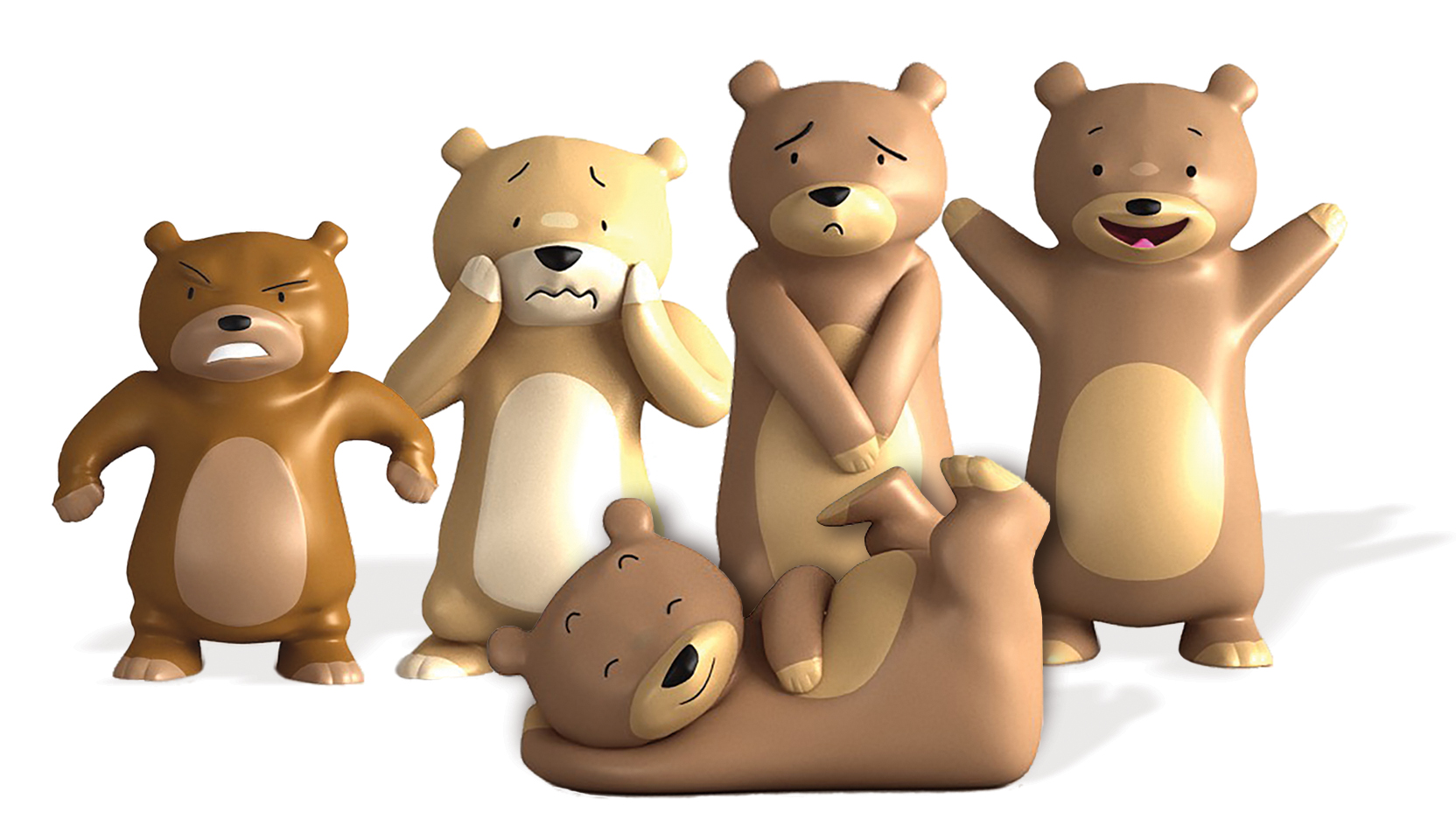other resources
Showing all 5 results
-

The Bears STICKERS
-

The Bears Tactile Characters
-

Stones …have feelings too! STICKERS
-

Strength Cards for Kids STICKERS
-

Strength Cards® STICKERS
Useful for:
- diversity & inclusion
- early years
- education
- families & parenting
- feelings
- mental health
- professional development
- reflective practice
- relationships
- sharing stories
- solution focused
- strengths
- trauma
- young adult
- books
- bundles
- card sets
- catalogues
- digital card sets
- digital resources
- featured
- new releases
- other resources
- pdfs
- resources for ELC's


